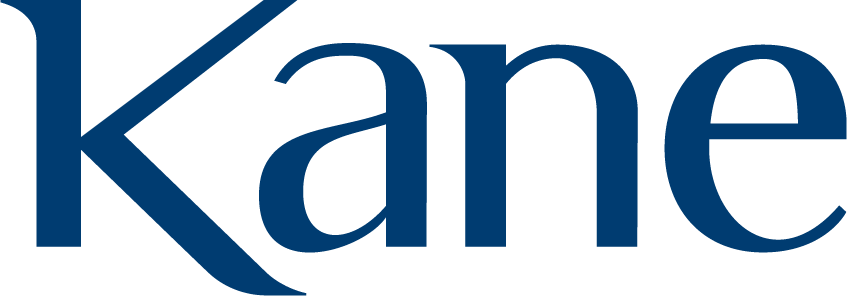Proofreading vs. Revising - what’s the difference and why they matter
In our industry, new written content is developed on a daily basis. Everything from a meticulous communications plan with detailed steps and thorough research, to a timely press release or a weekly meeting agenda. All of these materials help our jobs run smoothly, and they are a reflection of the care and time that we put toward our work. This is why proofreading and editing are a crucial part of content development.
So, when we receive a draft from a colleague for a ‘quick read through,’ what exactly should we be looking for? Is it a spell check and add a few commas where we think they should be? Do we put ourselves in the shoes of the audience, and thoroughly vet the message? Perhaps the answer is a healthy balance of both.
When a document comes to our desk for review, both proofreading and revising are a crucial part of the process. What’s the difference? Revising focuses on the message, and ensures that it is being clearly communicated. Proofreading, on the other hand, focuses on mechanical components, such as grammar and spelling. Both matter because if they are ignored, the integrity of our message can be hindered. A confusing message can soften the impact of what we are trying to communicate, and mechanical errors can distract from what we are actually trying to say. It is important to mitigate these hiccups wherever we can.
Steps to take while revising
When revising a document, it can be helpful to approach the work as if you have never seen the project before. Boil down all the hard work that has been put into the project and ask some very preliminary questions:
Does this appeal to the target audience?
Remember to whom you are writing the message. The more we can put ourselves in the position of the reader, the more effective the piece will be.
Does the tone match our brand voice?
Acknowledging what we hope the reader takes away from the piece, it is also imperative to reflect the organization’s voice cohesively across all communications. What is the piece saying about you? Does it establish you as an expert? As a partner? A thought leader? Think about how your work positions you and your organization when making adjustments in the messaging.
Is there enough context? Is the message easy to understand?
When all is said, make sure what was said is understood. The goal of any written work should be to leave as little room for confusion as possible. This will establish trust factors, and strengthen the voice of the organization even more.
Tips to proofread like a pro
Proofreading is key to the professionality of the work, in that it reflects a larger attention to detail. Here are some things to look for when proofreading:
Does it sound natural when I read it out loud?
One of the most effective proofreading strategies I’ve found has been to read the document aloud from beginning to end. When we hear it, we can pick up on things that we may not have caught visually.
Where can I cut down the copy?
Often, when we are first getting words onto a page, we are trying to figure out what we want to say, and we end up saying way more than what is probably necessary. On that second read through, feel free to cut through any copy that is not providing valuable context to the document.
Is it free from grammatical errors?
This is a given, but even the most skilled writers are privy to human error. Often I’ve found that mechanical errors can show up in later versions of documents because the team was so focused on getting the content right that the small stuff got glossed over. When proofreading, try to read through the copy with a fine-toothed comb, as if you’re reading it for the first time.
Before you hit submit
At the end of the day, the most important thing to ask when submitting any sort of copy is, what does success look like? What do I want my readers to take away from this submitted work? If every question asked during the revising and proofreading process can stem from that question, the editing process will be much more streamlined, likely with a much more successful outcome.
